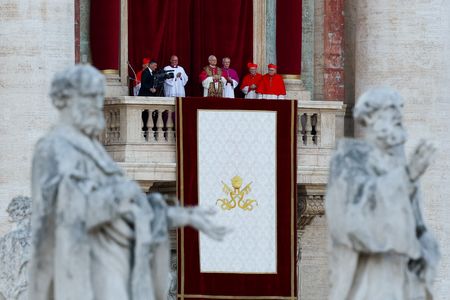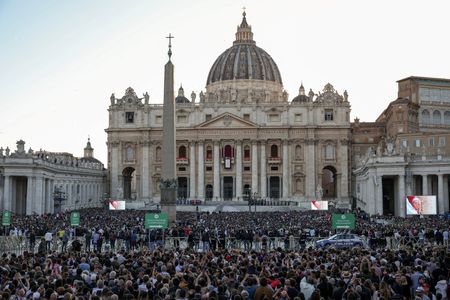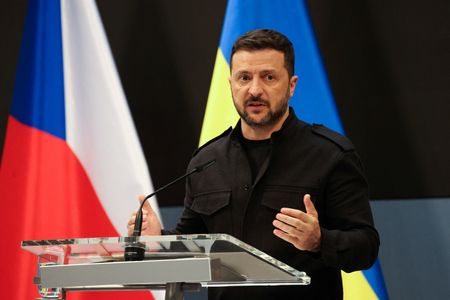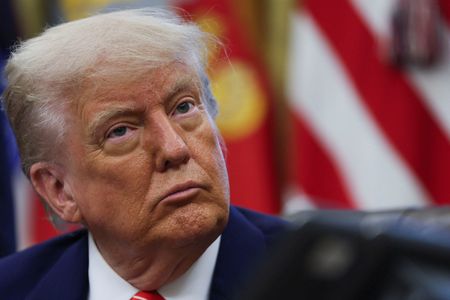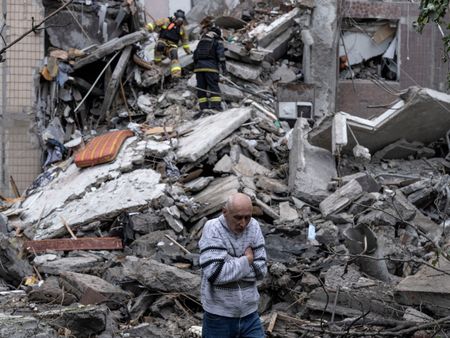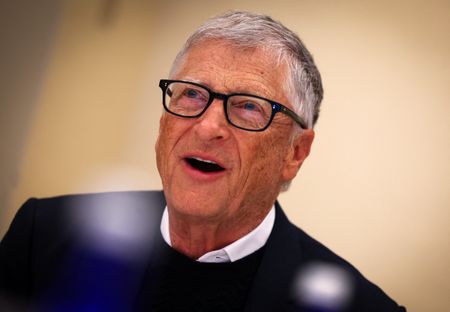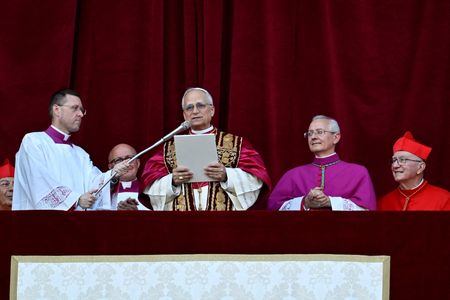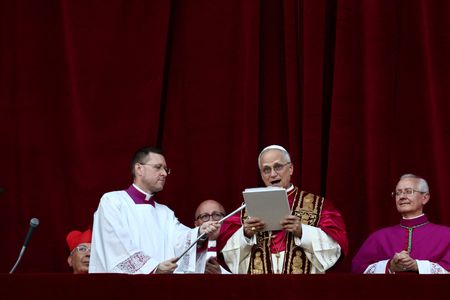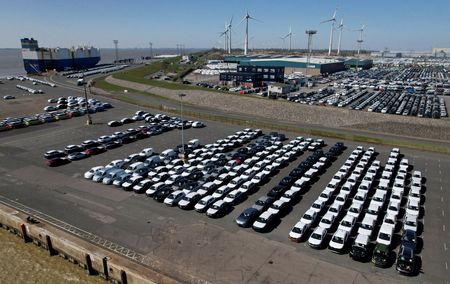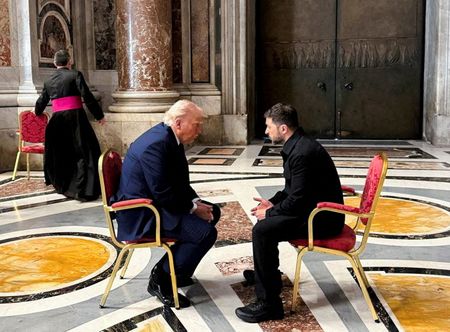By Joshua McElwee
VATICAN CITY (Reuters) – From his first moments on the balcony of St. Peter’s Basilica, Pope Leo XIV gave three important clues about what kind of leader of the 1.4-billion-member Catholic Church he will be.
Leo, formerly U.S. Cardinal Robert Prevost, was elected by the world’s cardinals on Thursday as the new pope on the second day of the conclave to choose a successor to Pope Francis, who died last month.
He is the first pope from the United States, but holds dual citizenship in Peru, where he was a missionary for decades before becoming a cardinal.
Leo’s first clue was his choice of name. Popes often use this choice to send their first major signal about the priorities of their new papacy.
Francis took his name from the 13th century St. Francis of Assisi, who rejected wealth and wanted to care for the poor.
The last pope to take the name Leo, Leo XIII, focused much of his 1878-1903 papacy on advocating for the rights of workers, calling for fair pay, fair working conditions, and the right to join unions.
“By picking the name Leo XIV, he shows he is committed to the social teaching of the church,” said Rev. Thomas Reese, a Jesuit commentator who follows the papacy closely.
Leo’s second clue was his choice of language and the words he spoke, which put a clear emphasis on the need for peace, something Francis also often focused on.
None of his speech to the crowds gathered in St. Peter’s Square was in English, but rather Italian, the language of the papacy, and a brief foray into Spanish to greet his former community in Peru. He did not mention the U.S.
“La pace sia con tutti voi!” (Peace be with you!), Leo’s first words in public, echoed the ones Catholics use in their celebrations but also offered an immediate message of peace in a world riven with conflict.
Before heading into the secret conclave on May 7, the world’s cardinals issued a statement lamenting the conflicts “in Ukraine, the Middle East, and many other parts of the world” and making a “heartfelt appeal” for peace.
The new pope said he wanted to share God’s peace, calling it “a disarmed peace and a disarming peace” that is “humble and persevering.”
Leo also mentioned Francis, who offered his last blessing to crowds in Rome on Easter Sunday, the day before he died of a stroke after battling double pneumonia for weeks.
“We still have in our ears that weak, but always courageous voice of Pope Francis,” he said.
Leo asked permission to offer the same blessing Francis used just a few weeks ago, saying: “God loves us, God loves everyone, and evil will not prevail. We are in the hands of God.”
Leo’s third clue was in his choice of attire.
Unlike Francis, who spurned all the trappings of the papacy including on the first day he was elected in 2013, Leo wore a traditional red papal garment over his white cassock.
Although Leo follows in the tradition of Francis, he signalled he is a new, and different, pope.
(Reporting by Joshua McElwee; Editing by Frances Kerry)

